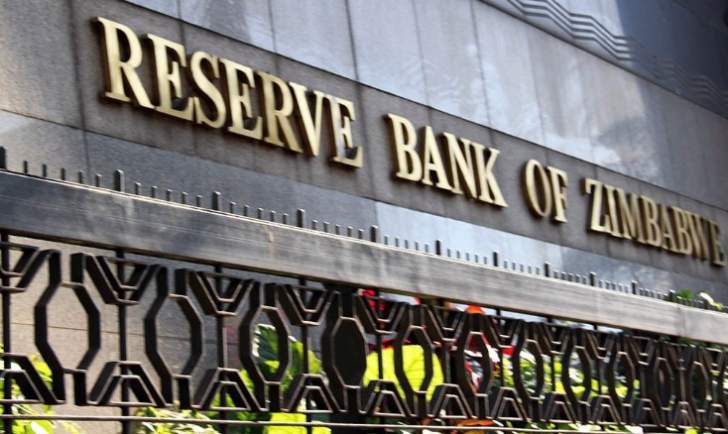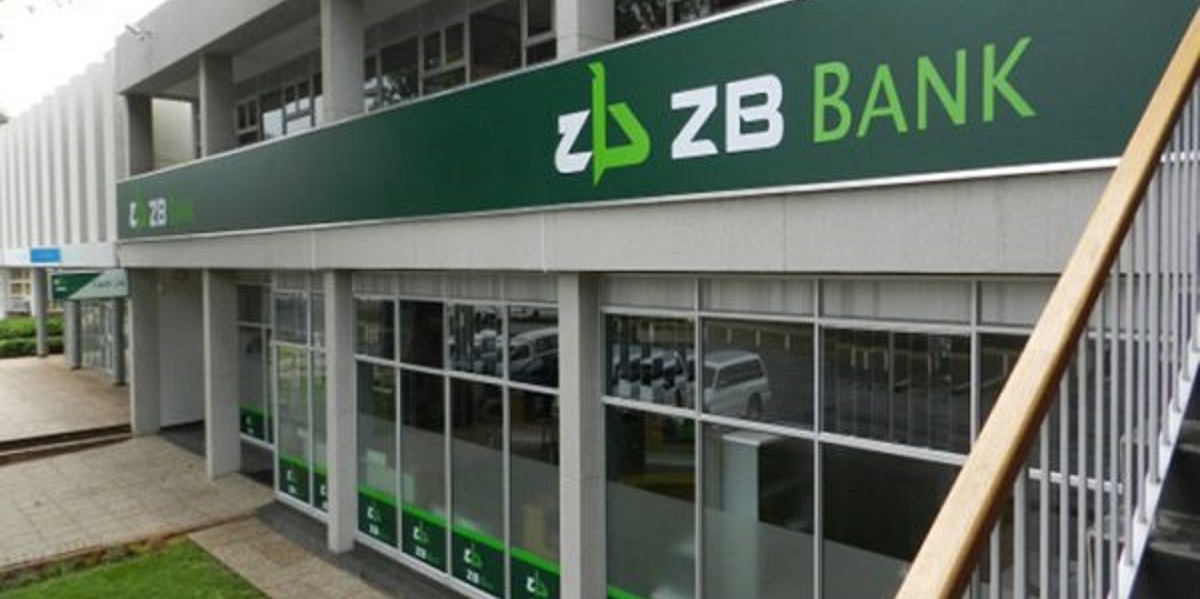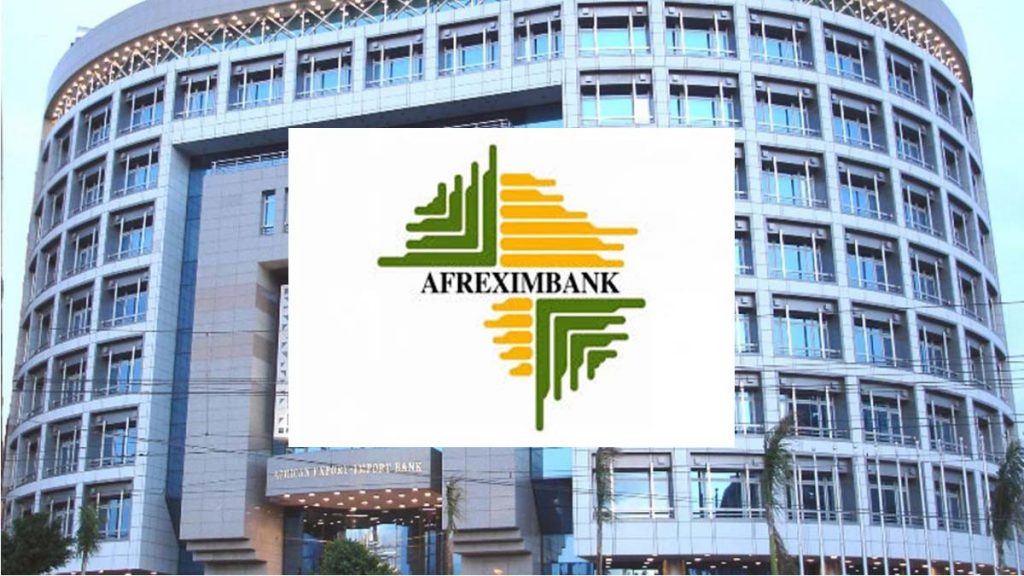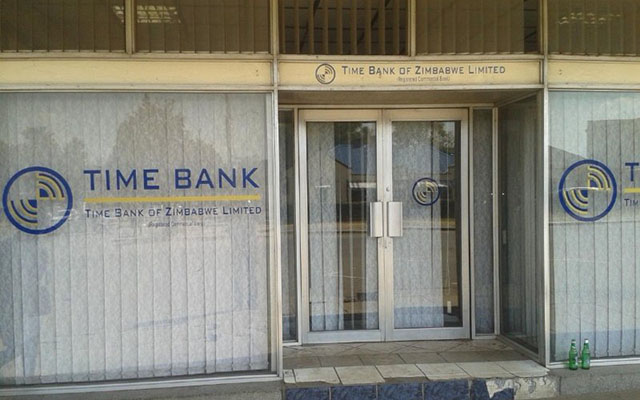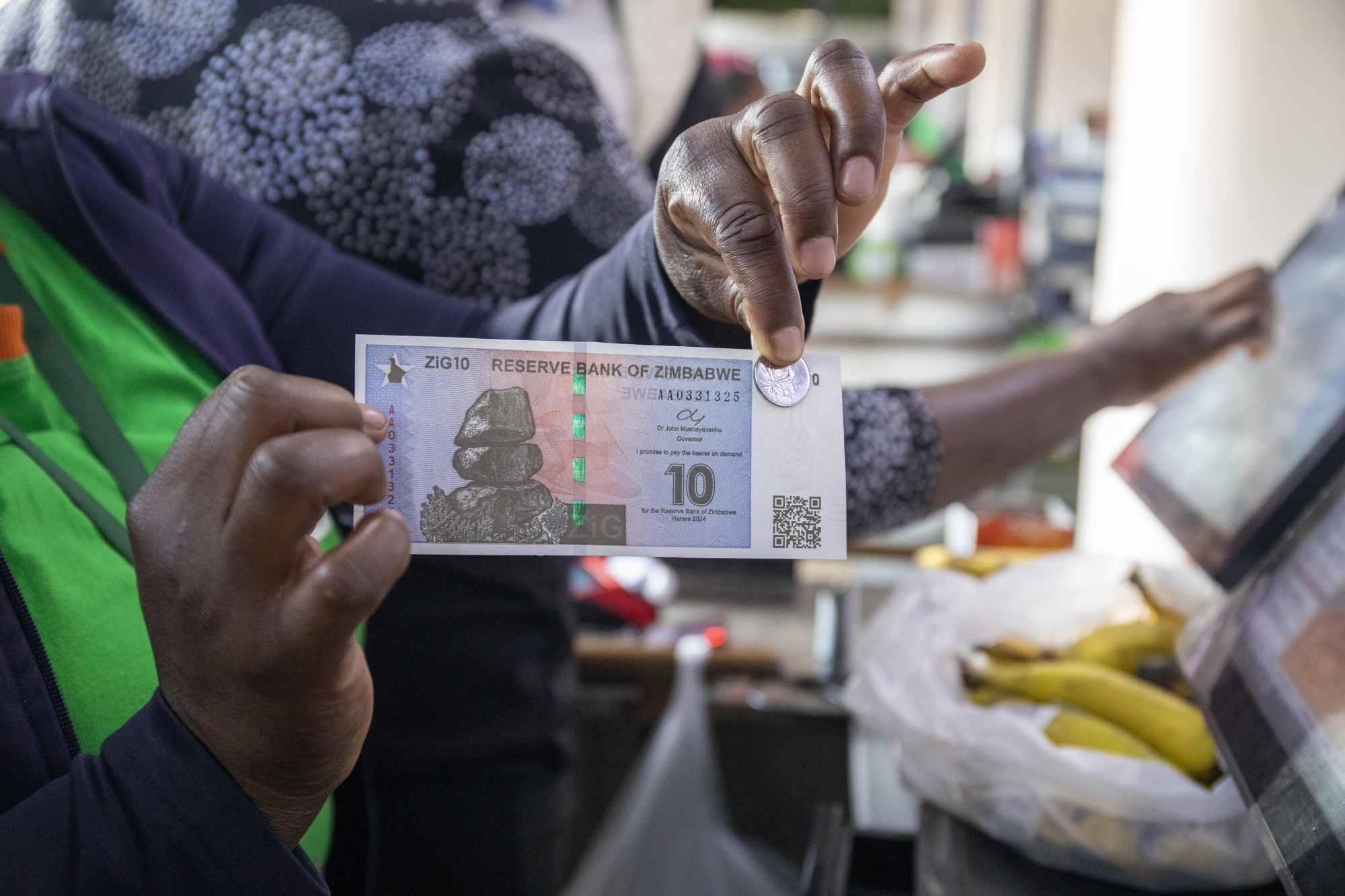RBZ predicts inflation to trend down in 2025
RESERVE Bank of Zimbabwe (RBZ) is confident that the inflation rate will continue to trend down and has forecast the monthly rate to average three percent or less this year.
The bank has predicted the local currency annual rate to close the year between 20 and 30 percent on account of durable exchange rate stability.
The central bank attributed its projected inflation decline to its commitment to continue implementing tight monetary policies, including prudent reserve money targeting, which entails carefully managing money supply to curtail excessive liquidity.
It will also implement measures to stabilise the exchange rate, a crucial factor in influencing price movements in the multi-currency environment.
“The commitment by the reserve bank to pursue optimal monetary policies through prudent reserve money targeting and strategic interventions in the foreign exchange market will stabilise the exchange rate, which is a key driver of price dynamics in a multi-currency environment.
“Given the base effects caused by the spike in monthly inflation in October 2024, annual inflation is expected to be elevated from April 2025 to September 2025 before significantly moderating to end the year between 20-30 percent,” said RBZ Governor, Dr John Mushayavanhu while presenting the 2025 Monetary Policy Statement.
The RBZ aims to create a stable monetary framework that supports low inflation and exchange rate stability.
Zimbabwe uses a dual currency system, mainly the US dollar and Zimbabwe Gold (ZiG), with the greenback being the predominant foreign currency used.
This comes after the January 2025 monthly inflation surged to 10,5 percent in ZiG terms, from December’s rate of 3,7 percent while the US dollar rate rose by 11,5 percent in January following a 0,6 percent increase in December.
The RBZ’s tight monetary policy stance since April 2024 has brought about a modicum of exchange rate and inflation stability last year.
The Monetary Policy Committee (MPC) of the bank further reinforced efforts to stabilise inflation and the exchange rate by adjusting the Bank Policy Rate from 20 percent to 35 percent.
Concurrently, minimum and maximum corporate lending rates were increased from 24,2 percent to 40 percent and 32, 4 percent to 45, 6 percent respectively.
As a result, inflationary pressures began to ease from October 2024, with monthly ZiG inflation rates decreasing significantly, from a high of 37,2 percent in October 2024 to a more manageable 3, 7 percent by December 2024.
The monetary policy measures also assisted in slowing credit growth, thereby impacting positively on inflation and the exchange rate.
Managing inflation remains the bank’s top priority and the country’s economic stability hinges on sustaining the current slowdown in ZiG inflation while keeping US dollar inflation in check.
-herald


